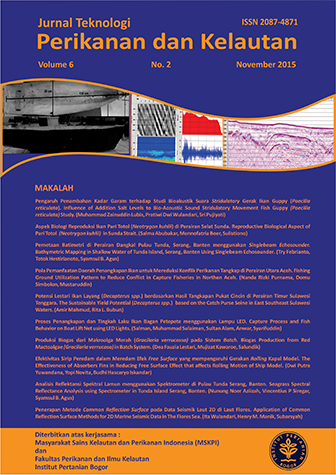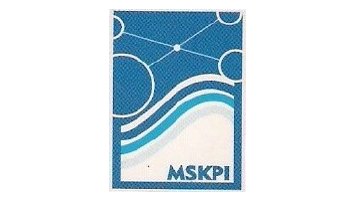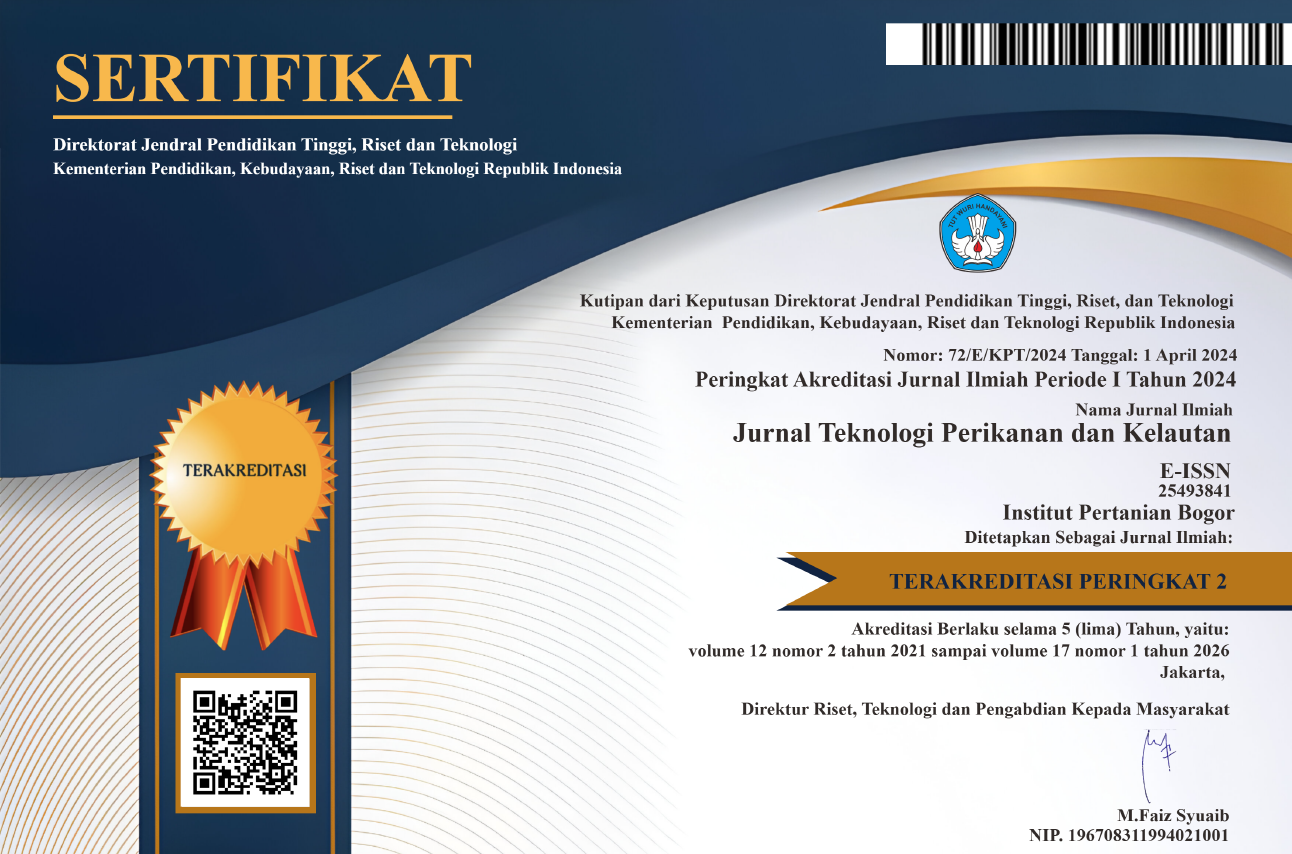PENERAPAN METODE COMMON REFLECTION SURFACE (CRS) PADA DATA SEISMIK LAUT 2D DI LAUT FLORES
Abstract
The aim of the research was to compare the results of seismic data processing using conventional stack and Common Reflection Surface (CRS) methods, also proves this method capable for providing better imaging than conventional stack method. Seismic data on June 2012 in Flores Sea from Marine Geological Institute (MGI) was used in this research. Processing started from input data, geometry, editing, preprocessing, normal moveout (NMO) correction and stack, then using CRS method. This method used some adjustment on aperture. The optimal visualization used dip aperture 300 m and stack aperture 100 m. Results showed the seismic data using the CRS provide better imaging than conventional stack method. CRS method can improve the quality of the stack result because the reflector more visible and continuous.





















